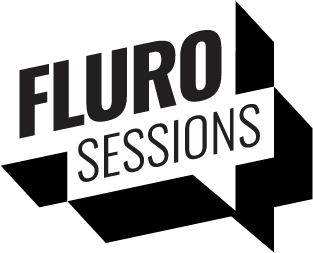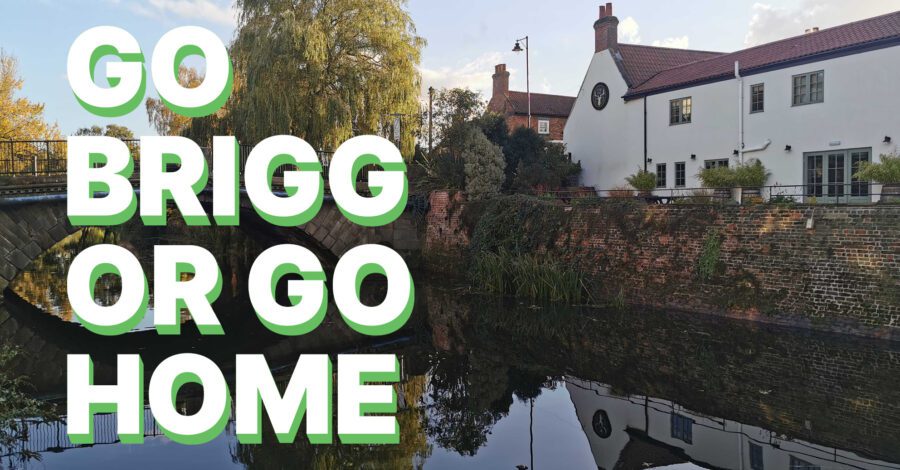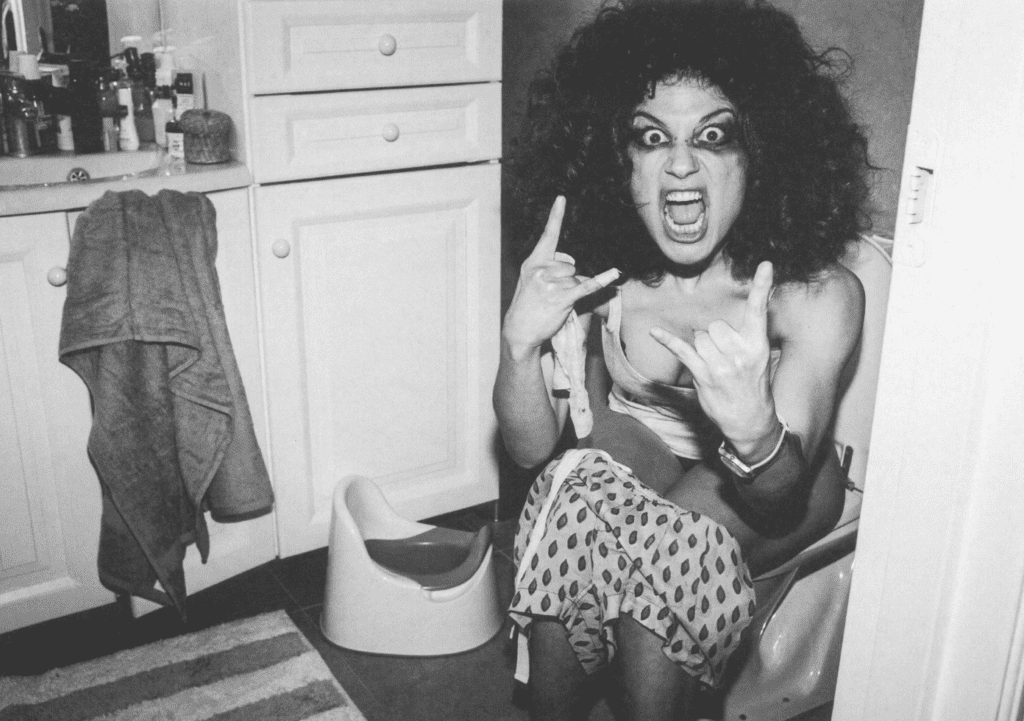Campaigns as a force for change
Despite growing openness in today’s conversations, some subjects are still approached with hesitation. Women’s intimate health is one of them, often shrouded in euphemisms, awkwardness, and silence. The Balance Activ campaign shows how thoughtful, strategic marketing can help break the stigma and turn a taboo topic into part of the everyday conversation.
The Communication Challenge
Women’s intimate health products face a unique marketing challenge: how to be informative without being clinical, approachable without being trivialising, and attention-grabbing without being inappropriate. It’s a delicate balance that many brands struggle to achieve.
What Makes the Balance Activ Approach Different?
The campaign’s effectiveness stems from three key strategic elements that any brand tackling sensitive topics might learn from:
- Finding the Sweet Spot in Tone Successful taboo-breaking campaigns understand that tone is everything. Balance Activ uses a voice that combines factual information with approachable language and just the right touch of humour, “a little bit naughty” without crossing into inappropriate territory.
- The Strategic Use of Visual Metaphor Rather than choosing either clinical imagery or avoiding visuals altogether, the campaign employs botanical graphics that elegantly symbolize natural balance. This visual approach creates an accessible entry point for a conversation that might otherwise feel uncomfortable.
- Creating Dual Communication Layers Perhaps most importantly, the campaign distinguishes between different communication needs: educational content remains straightforward and informative, while social content leverages more playful elements to capture attention.
Beyond Products to Cultural Conversations
The best campaigns addressing sensitive topics recognise that they’re not just selling a product, they’re participating in a cultural dialogue. By giving audiences “more laughs, less blushing,” Balance Activ does more than promote pH-balancing products; it helps normalised conversations about women’s bodies.
Conversation-Changing Marketing
Volkswagen: Embracing Imperfection
In the 1960s, when American car advertisements glorified size, power, and flashy design, Volkswagen’s “Think Small” campaign broke one of advertising’s biggest taboos: acknowledging a product’s limitations.
The now-legendary campaign featured a tiny Beetle in a sea of white space with the headline “Think Small.” Subsequent ads included lines like “Lemon” and “Ugly is only skin deep.” In an era when brands exclusively amplified their strengths, Volkswagen’s candid acknowledgment of the Beetle’s compact size, unusual appearance, and occasional manufacturing defects was revolutionary.
What made this taboo-breaking so effective wasn’t shock value but radical honesty. By addressing consumers’ potential objections directly, Volkswagen built unprecedented trust. The campaign transformed perceived weaknesses into strengths—small became efficient, unconventional became distinctive. This approach didn’t just sell cars; it changed advertising by demonstrating that authenticity could be more powerful than exaggeration.
Bodyform: #BloodNormal Campaign
Bodyform’s groundbreaking decision to show red liquid instead of blue in their demonstrations represented one of advertising’s most significant taboo-breaking moments. The campaign extended beyond this visual choice to include realistic portrayals of period experiences; pain, mood swings, and everyday activities.
What made this campaign remarkable wasn’t just its shock value, but its fundamental message: hiding normal bodily functions behind sanitized imagery only reinforces unnecessary shame. By depicting reality, Bodyform created authentic connections with consumers tired of having their experiences sanitized.
Universal Principles of Taboo-Breaking Marketing
What these campaigns including Balance Activ, demonstrate is a set of principles applicable to any brand addressing sensitive topics:
- Normalise, Don’t Sensationalise
Effective taboo-breaking doesn’t shock for shock’s sake. It presents previously hidden topics in straightforward, normalised contexts.
- Use Humour Strategically
Humour serves as a powerful tool for disarming discomfort but must be deployed with sensitivity, laughing with audiences, never at them.
- Balance Education and Engagement
The most successful campaigns recognise that they must both inform and involve their audience, adjusting content appropriately across platforms.
- Visual Intelligence Matters
Smart visual choices, whether botanical imagery for intimate health or realistic representations for periods, can communicate powerful messages without words.
The Cultural Power of Marketing
The most meaningful campaigns don’t just increase sales, they shift conversations. By addressing women’s intimate health with the perfect balance of information and approachability, campaigns like Balance Activ demonstrate how marketing can be a force for positive change.
When brands have the courage to break taboos intelligently, they don’t just connect with consumers, they help create a world where important topics don’t have to be whispered about. And that’s a goal worth pursuing beyond any product benefit.
View Balance Activ case study here.











